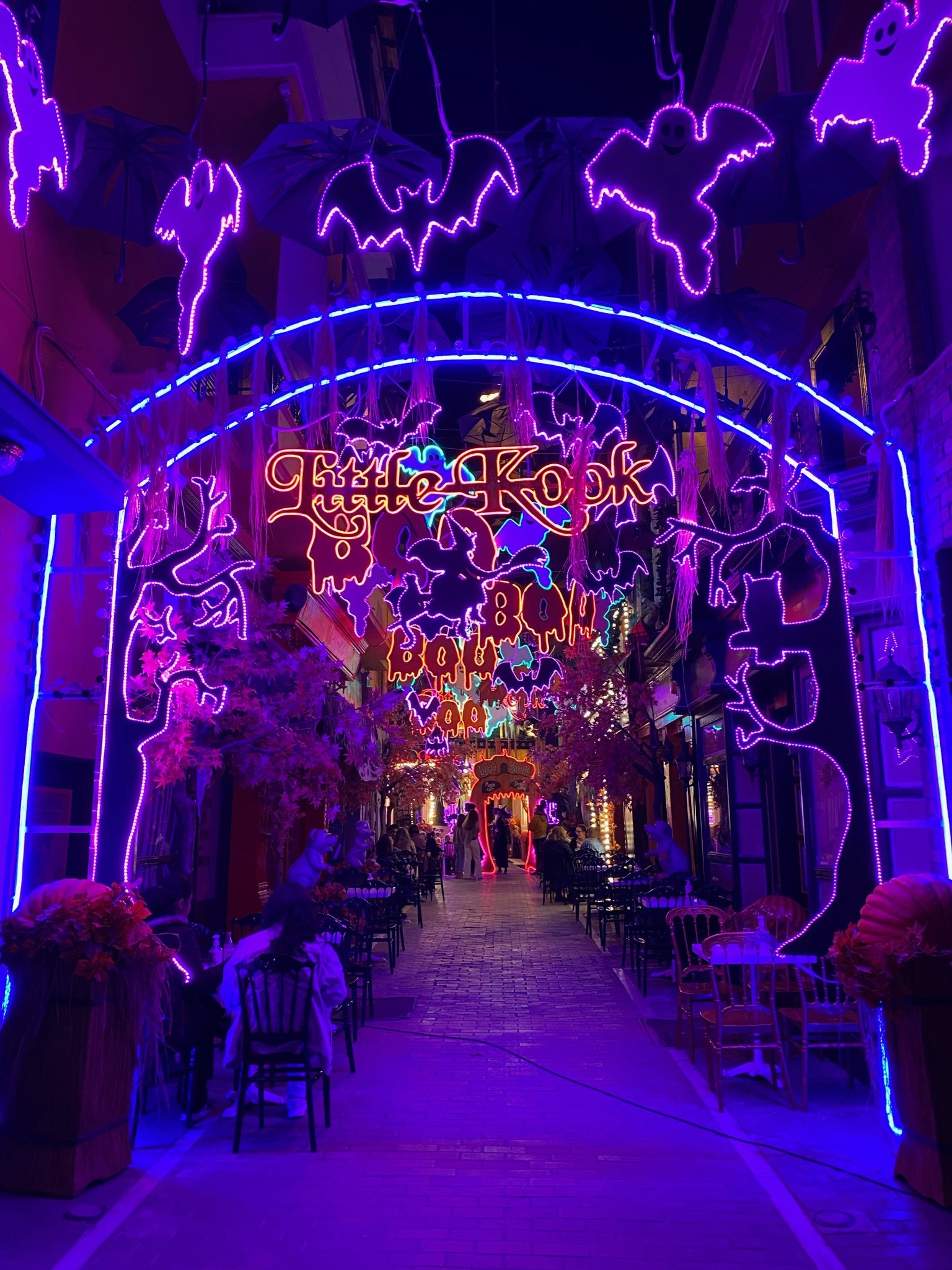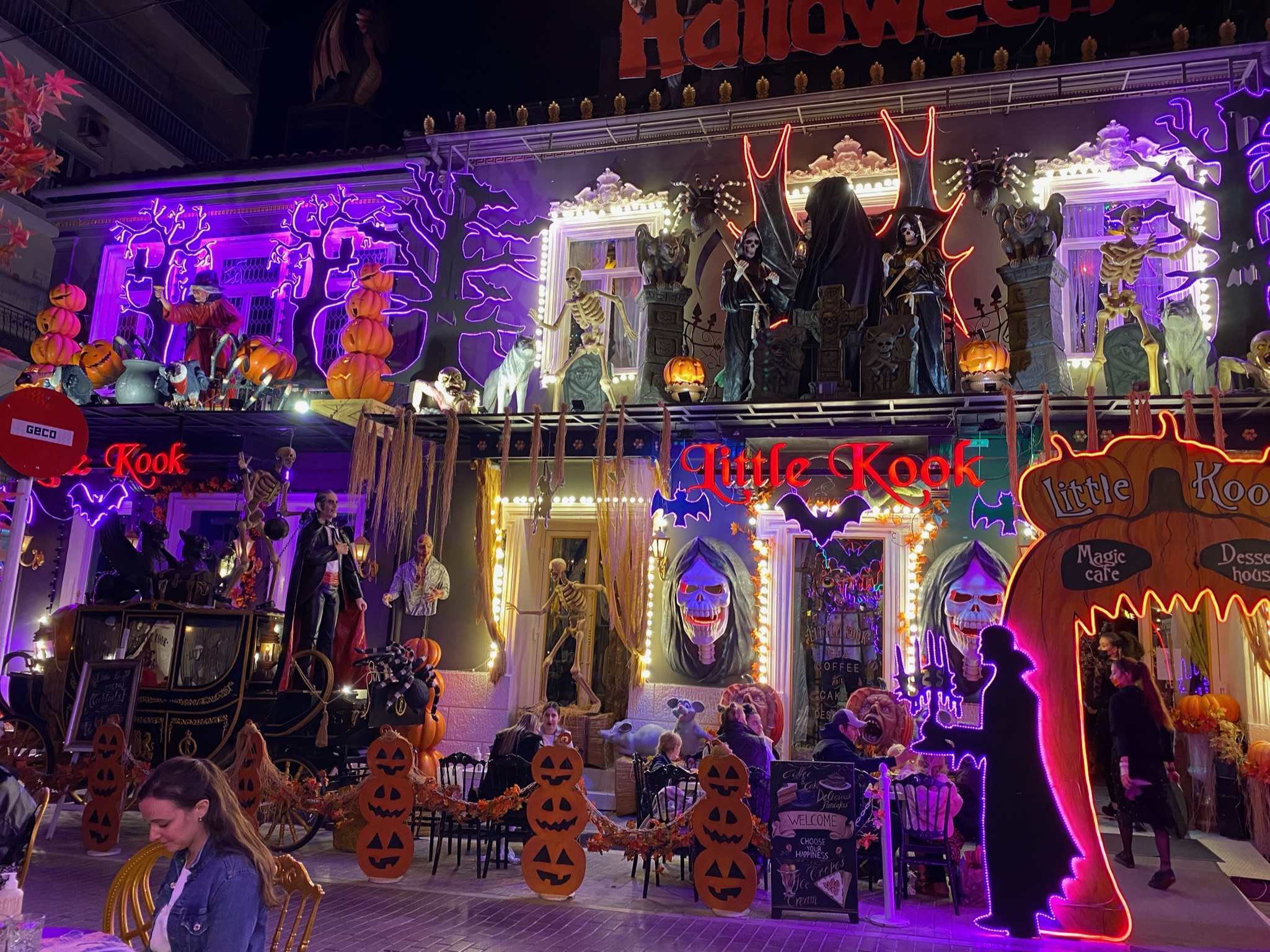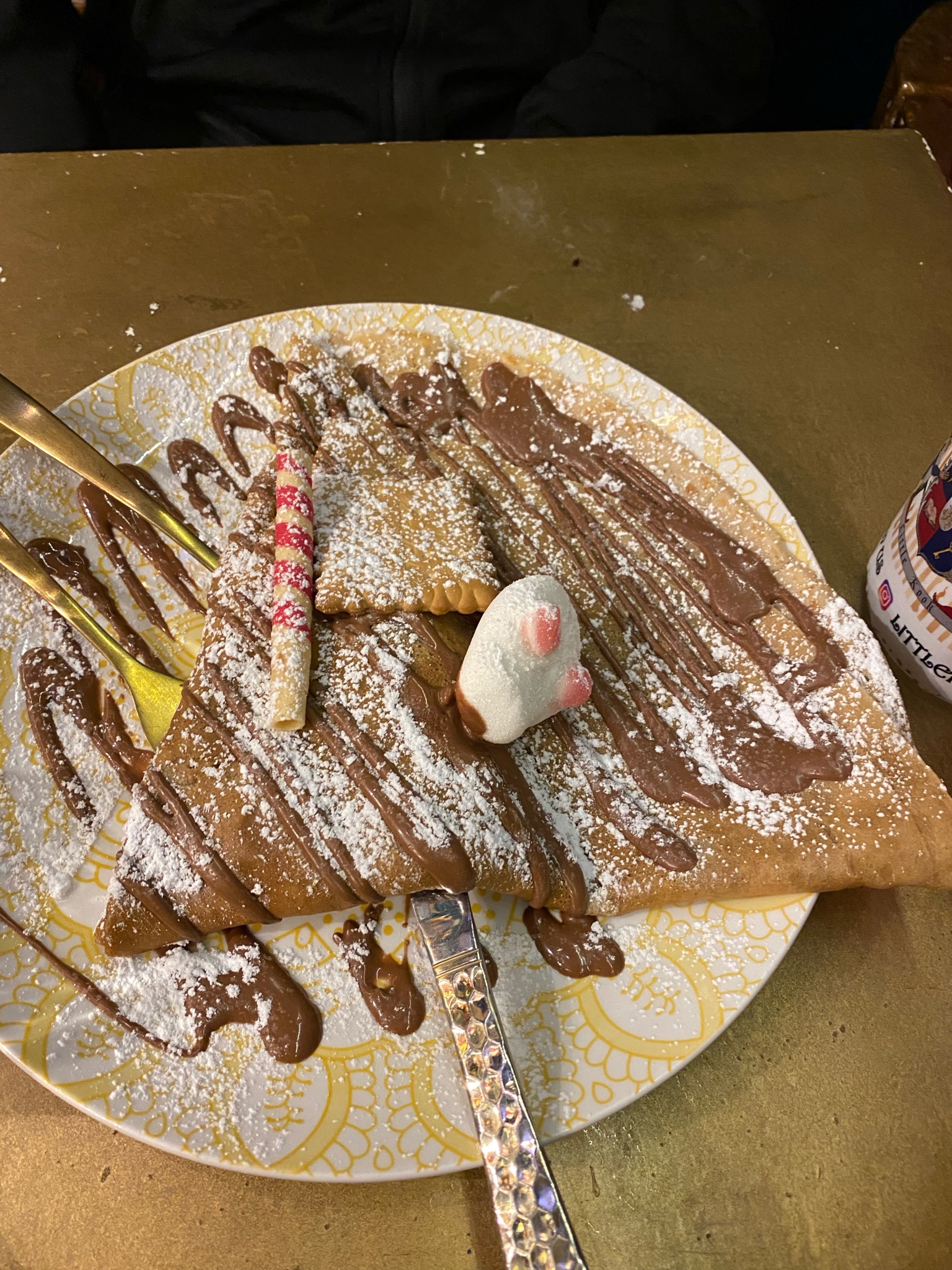We left Santorini, Athens-bound and masks-on, early on the morning of Tuesday, October 26th. For €25 we received a white-knuckled ride to the airport and arrived in plenty of time to pass through security with ease and reach our gate with time to spare. When it comes to enforcing the size of carry-on baggage, we learned that Rynair is much stricter than Lufthansa. While standard U.S. carry-on baggage is one centimeter too tall for most international airlines, it’s almost 3 centimeters too tall for Ryanair. Luckily, because our bags weren’t too far off, the gate attendant let us slide through with only a short talking-to. We boarded the plane and easily stored our carry-on bags that were supposedly “too big in the overhead bin.” Phew, embarrassing-American-travelling-abroad-moment averted.
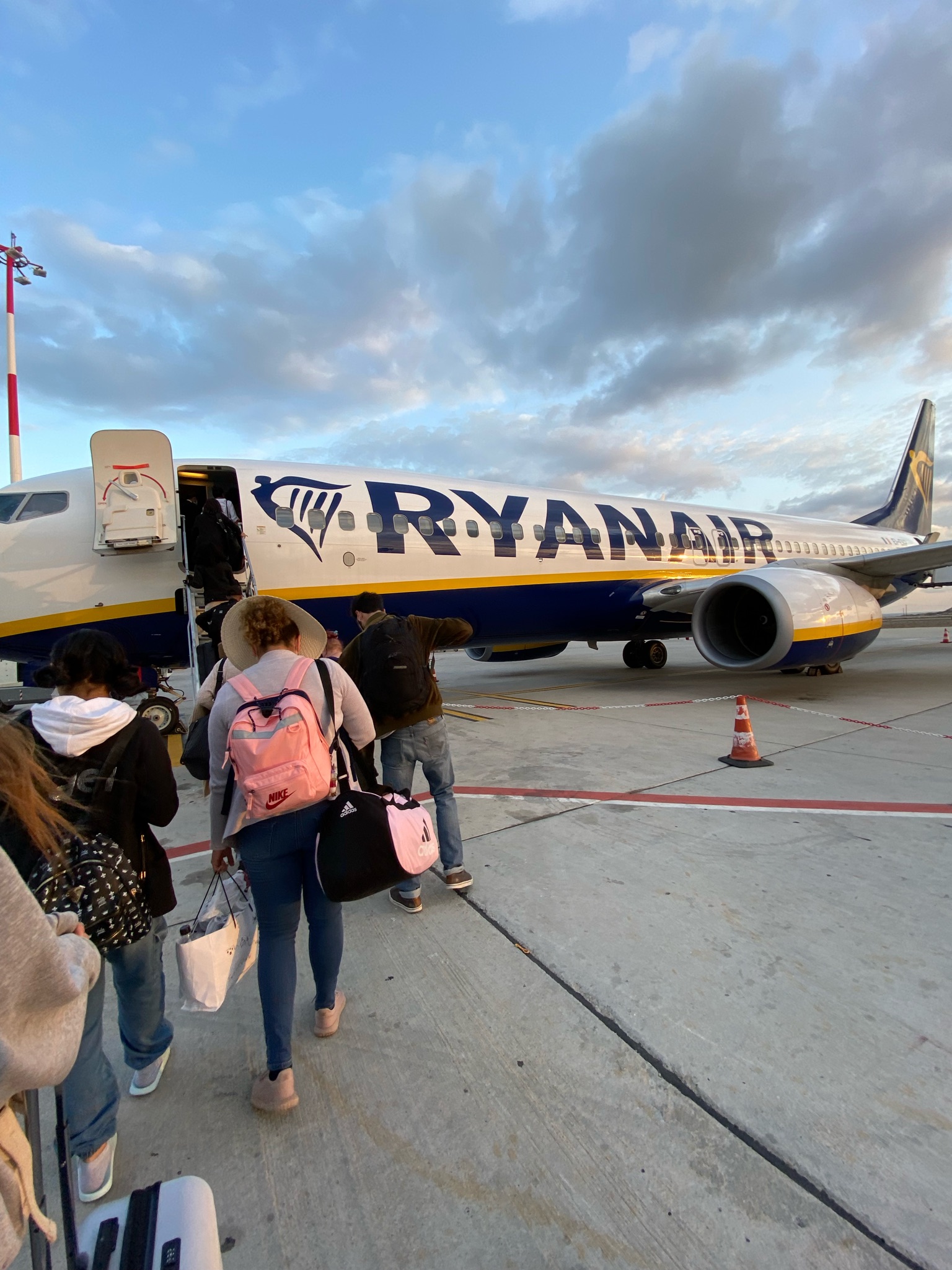
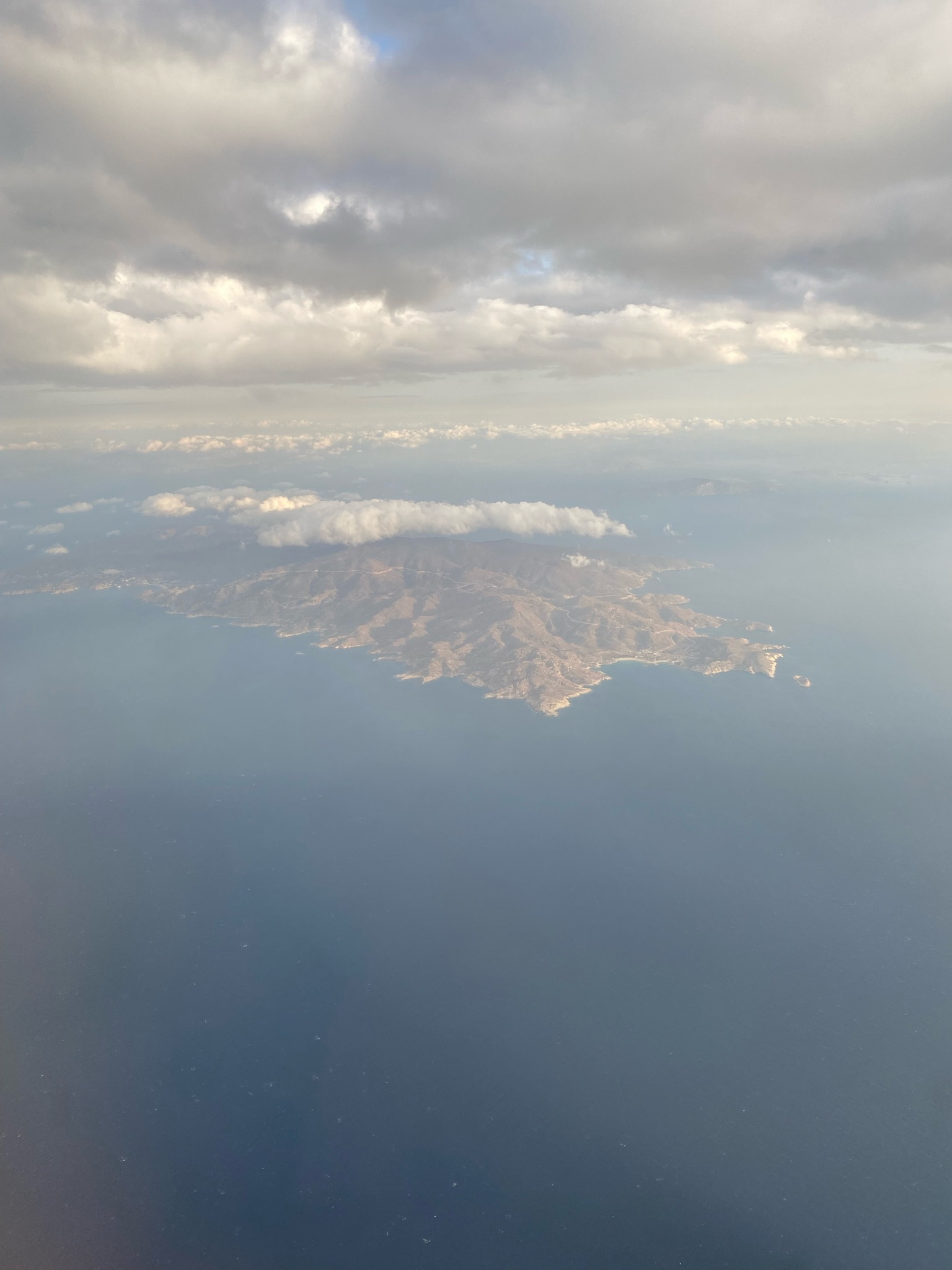
Travelling by ferry from Santorini to Athens takes roughly 7 hours, but the flight is only 45 minutes. As the plane descended into Athens below the clouds, we realized how mountainous and hilly it is: the city itself sprawls out from its center, touching the ocean to the south and creeping up the hills and mountains to the north, east, and west. Disembarking the plane was a breeze, and as is commonly the custom in Europe, we exited in movie-star fashion down the stairs from the plane to the tarmac where we were herded onto a bus. Soon we were out the door of the airport following signs for the “Train,” making our way downtown after buying two €9 one-way tickets. The train ride took almost 45 minutes, which, according to Google Maps, beat a car ride by five minutes. As we trekked out of the tunnel we had to stop and dig for the train tickets—here in Greece you have to scan tickets when you get on and off the subway.
The first thing we visited in Athens was right outside our train station: Syntagma Square, which holds a “tomb of the unknown soldier” similar to the U.S.’s own, but, not arriving near the top of the hour to witness the changing of the guard, we continued onward towards our hotel. But, since we arrived so early, our hotel room was naturally not ready yet; we dropped off our luggage at the front desk and grabbed some breakfast down the street at Estrella, a quirky cafe that would fit in well in a hipster town like Austin or Portland.
With backpacks on and coffee drunk we headed towards the Library of Hadrian. The eponymous library was built by the Roman emperor Hadrian in 132 AD and housed rolls of papyrus “books;” but, like so much of ancient Athens, it was destroyed durign the Herulian invasion of 267 AD. Nonetheless, it still stands with an imposing facade on a main road that is packed with tourists, shops, and restaurants.
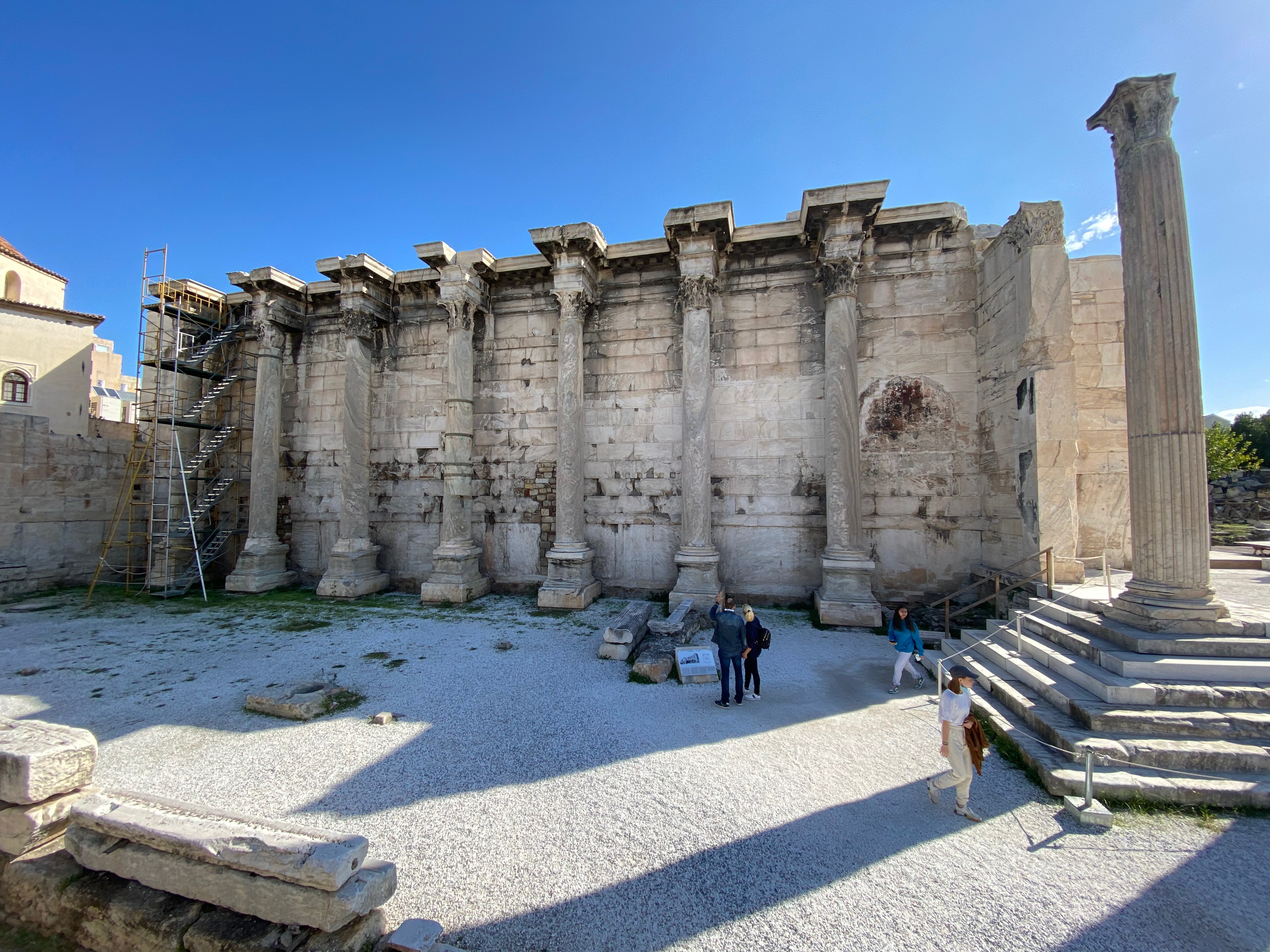
Hadrian’s Library.
The next stop down the street from Hadrian’s Library was the entrance to the Ancient Agora, a commercial market and civic gathering place (we’d call it a town square). Here we decided to buy a couple of €30 5-day passes which would give us access to all of the ancient ruins and most of the sights we wanted to hit. Slowly we made our way around the Agora, combining the placards installed alongside its ruins with the power of Wikipedia to create our own guided tour. The largest effort to excavate the Agora began in the early 20th century, and what remains is, unsurprisingly, the foundations of its many buildings. Many of them served as political halls, housing the democratic leaders of each Greek city-state; one placard noted that representatives from each city-state occupied the building for 35-ish days of the year so that each group had a turn to administer the affairs of the people.
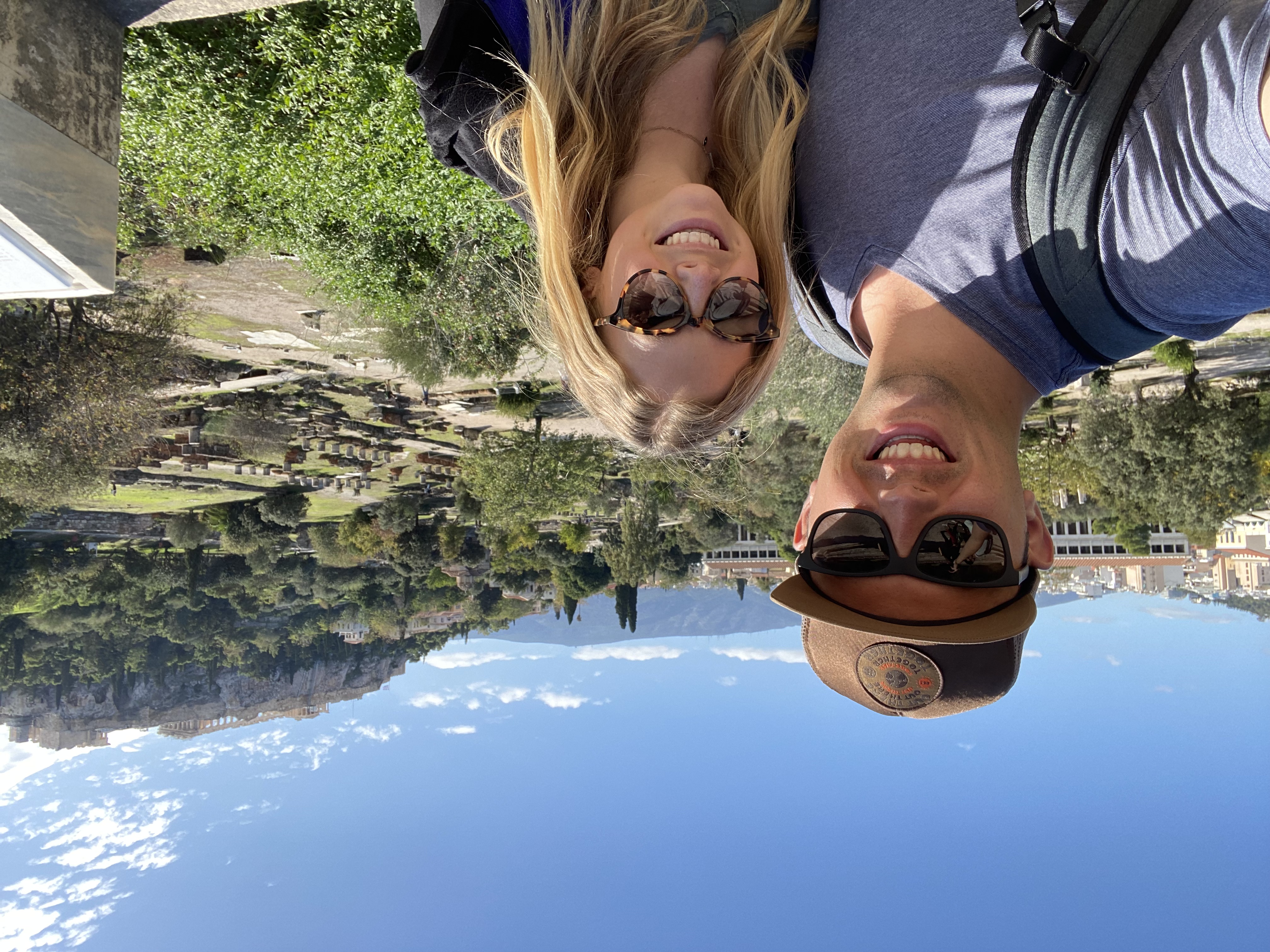
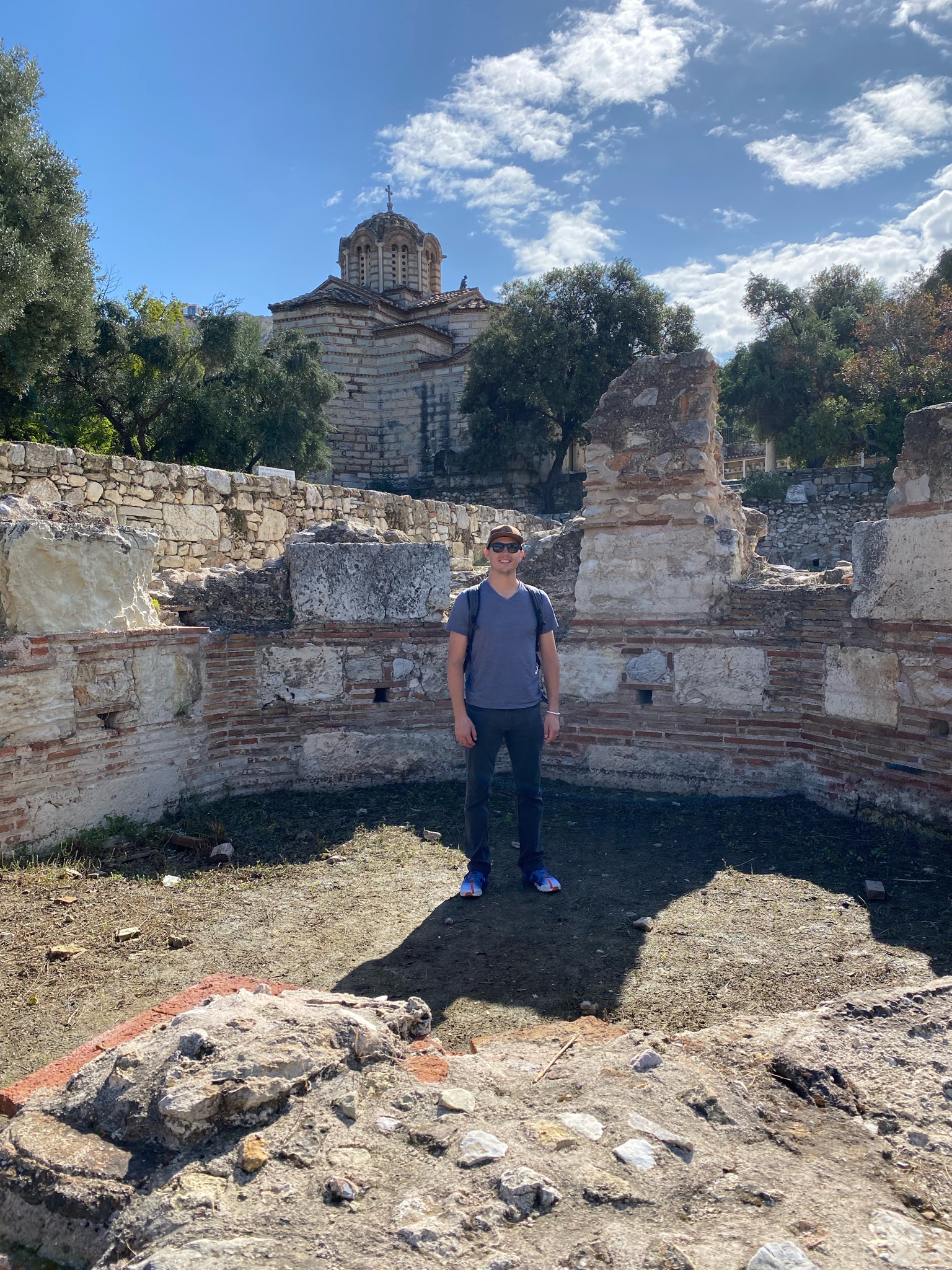
The most impressive remnant of the Agora is, without doubt, the Temple of Hephaestus, the patron god of metalworking, craftsmanship, and fire. This makes sense; many metalworking and pottery shops were located nearby. Construction started in 449 BC, and, unbelievably, it is almost wholly intact. It’s completeness alone makes it stand apart from any other temple remains in Athens, and it is the most accessible: one can get within a few feet of the temple on all sides.
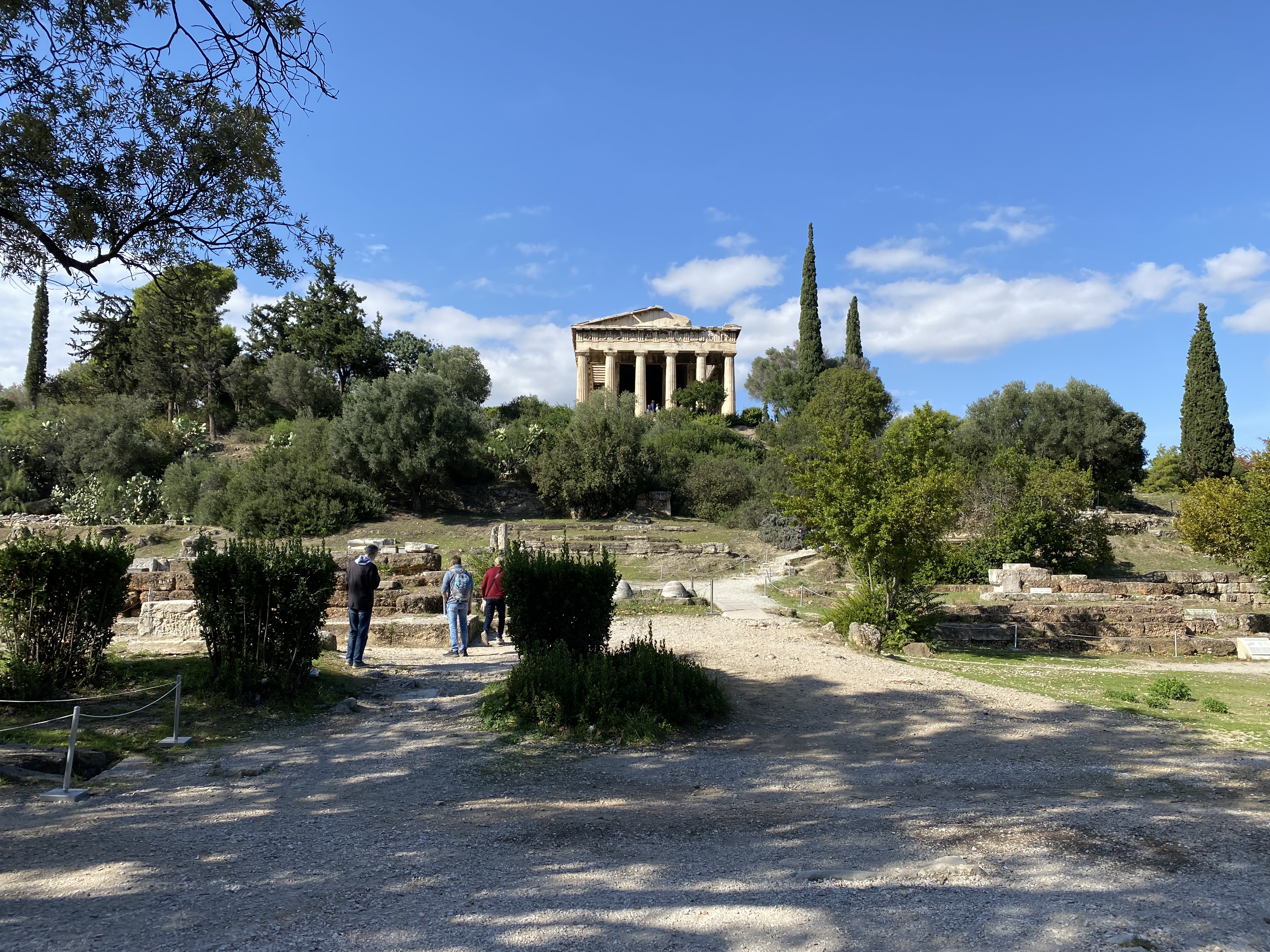
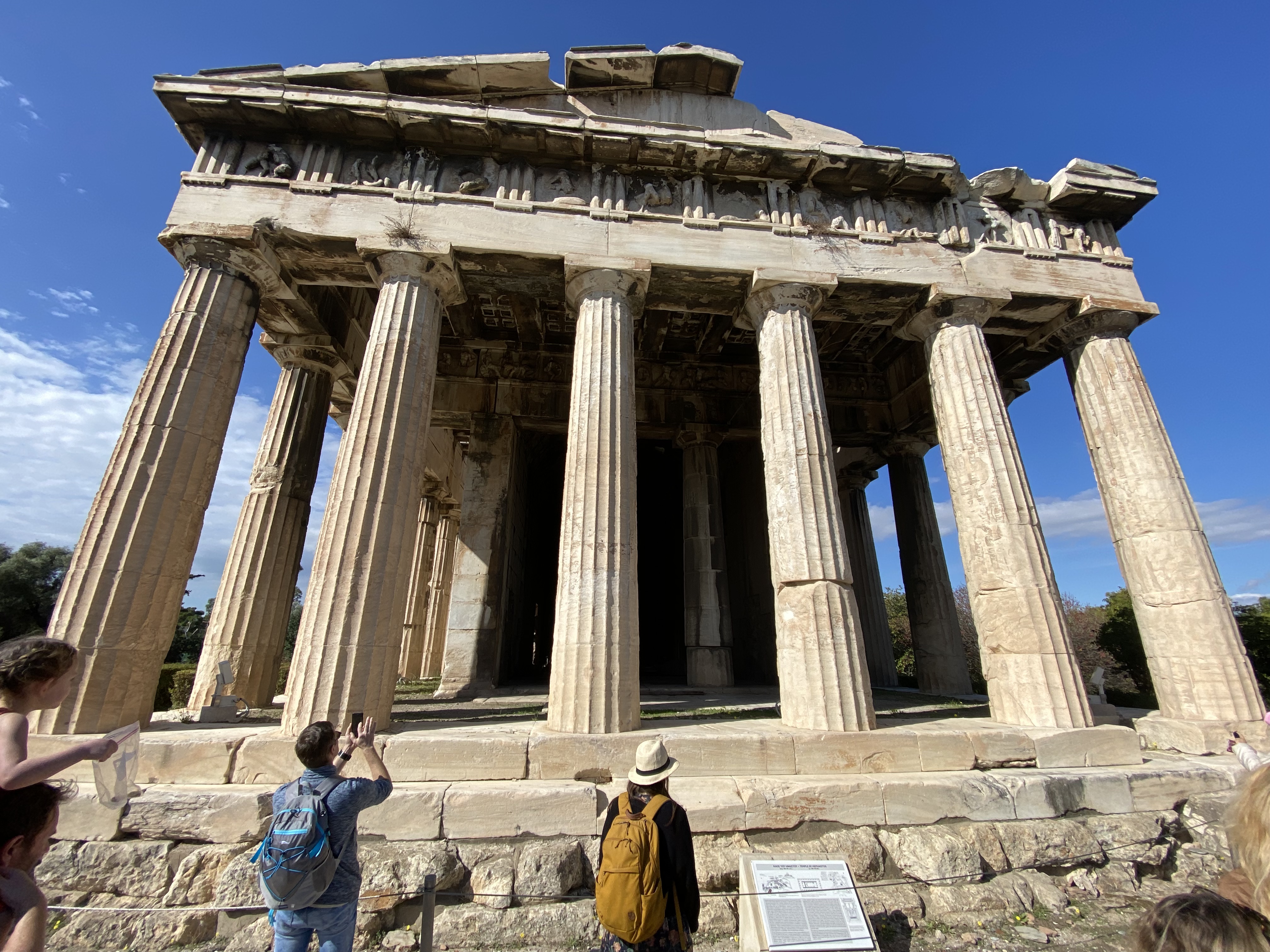
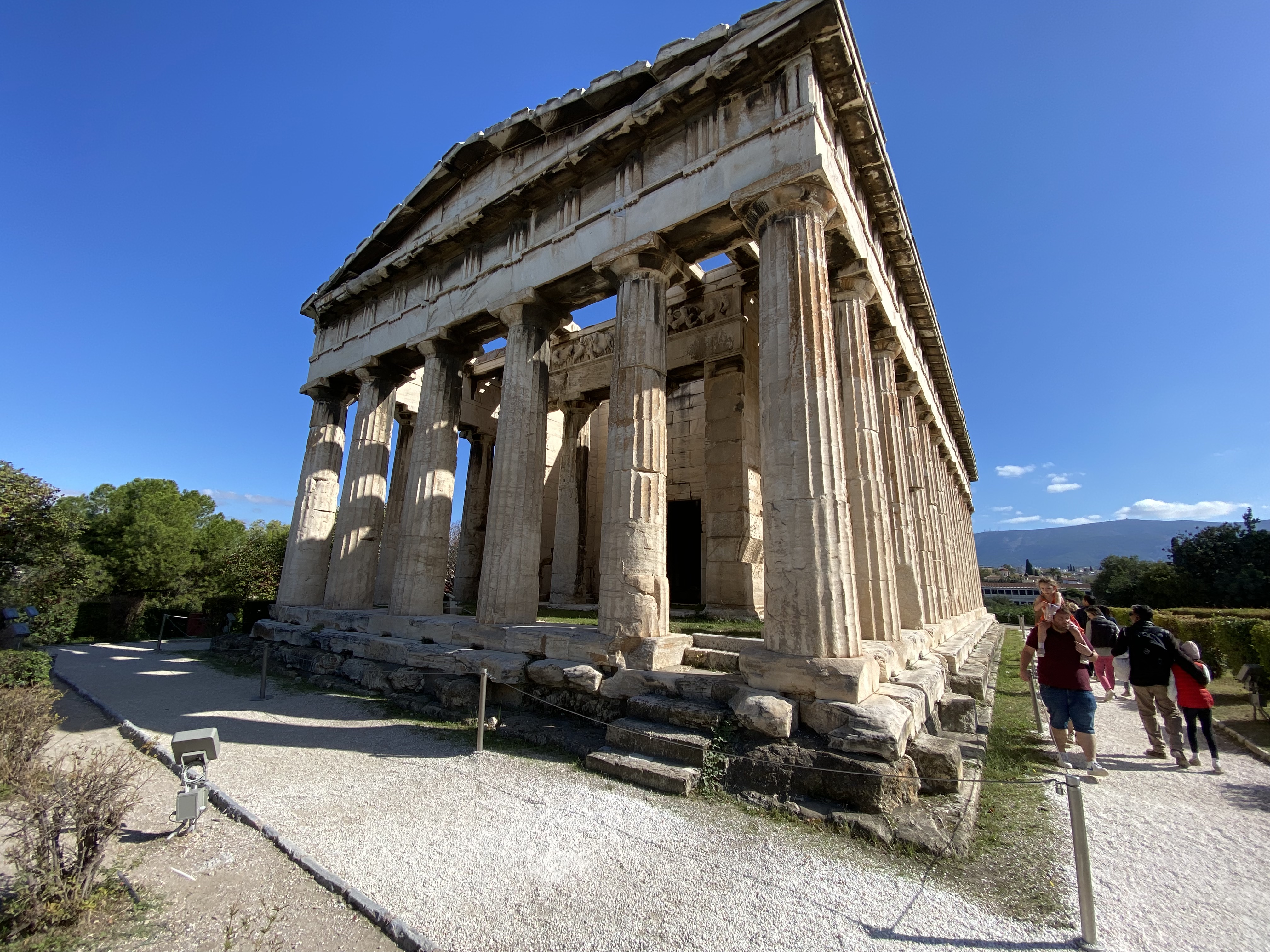
The Stoa of Attalos sits on the opposite side of the Agora. Fully reconstructed during the 20th century, this long building stretches almost the entire length of the eastern side of the Agora. In ancient Athens, it was used as a market; today, it houses the Museum of the Ancient Agora. Here we saw many (usually headless) sculptures that would have been found in the Agora itself, along with pottery and other artifacts from the area. Walking around inside made the building feel enormous, and one could easily imagine a bustling center of tradesmen and farmers.

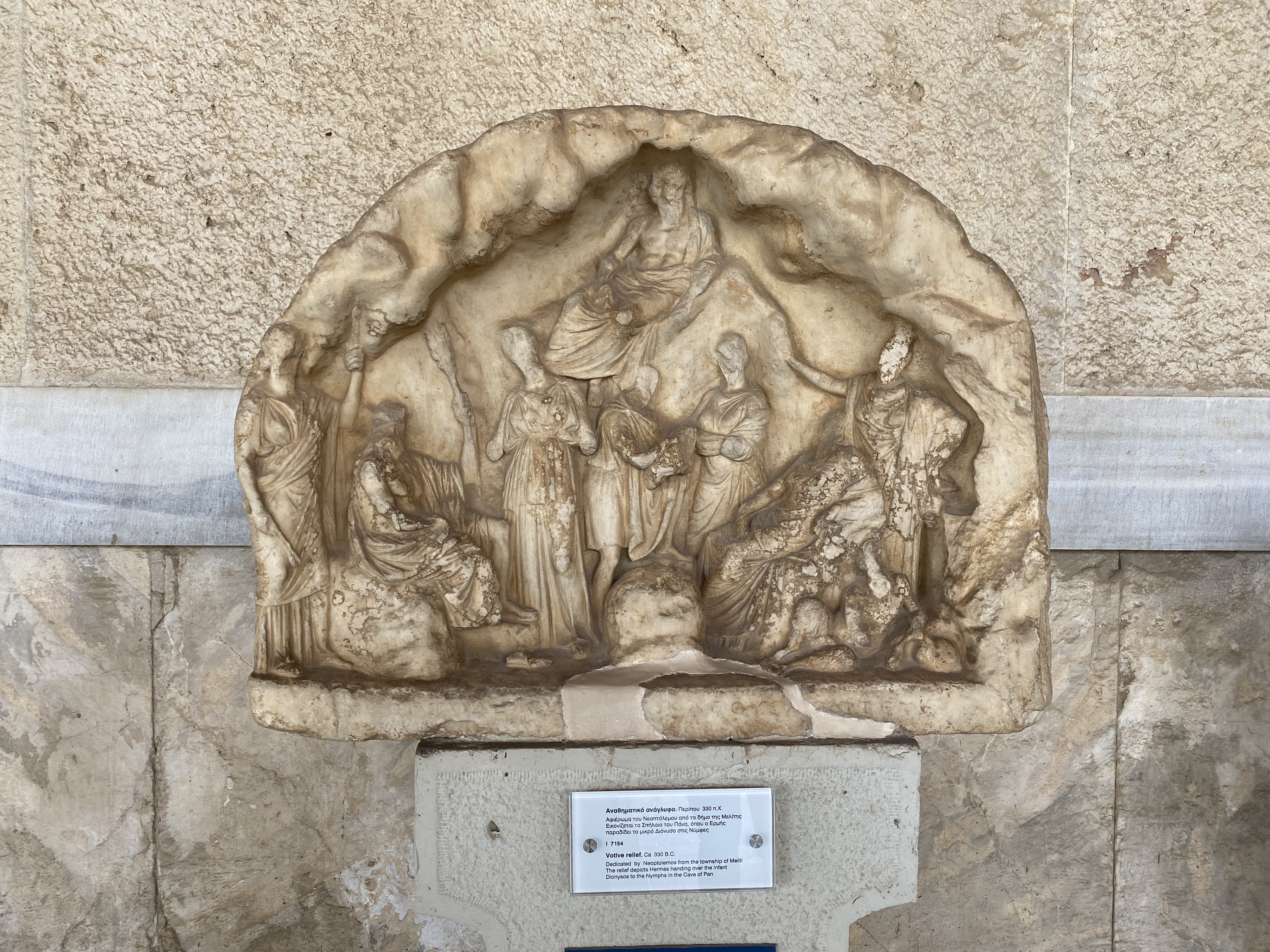

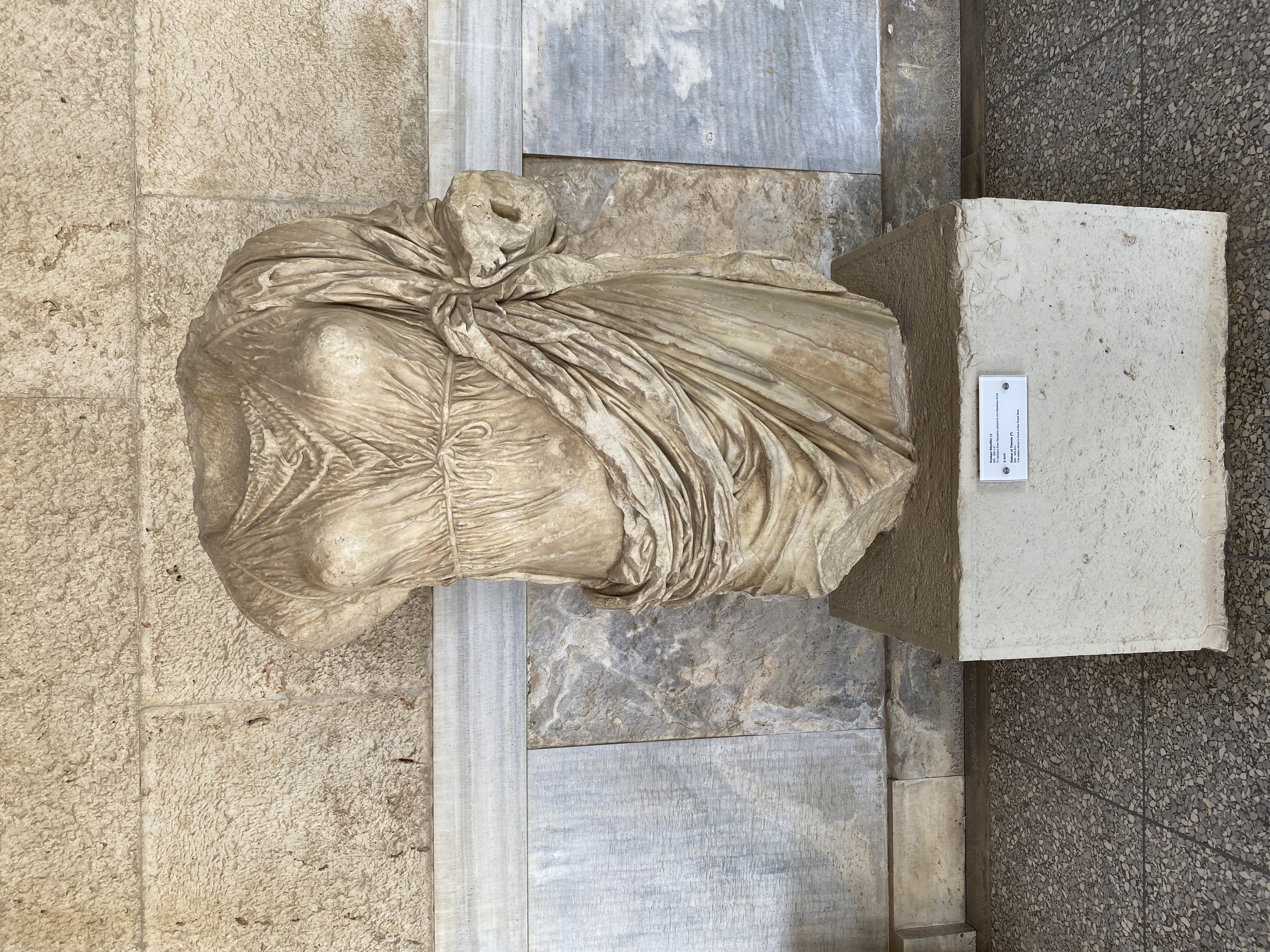
Fully into the afternoon and a bit weary from travelling, we opted to head back to the hotel for some rest. However, a dirty and unprepared room greeted us at the hotel, so we found our way to a cafe called Louis where we snacked on a pizza. Fully nourished and trusting our third visit to the hotel would be successful, we made our way back and successfully checked in and rested for a few hours until dinner, deciding that we were a bit too tired to fully enjoy any more sights today.
As night fell we left the hotel bound for Psiri, one of the most artistic and vibrant neighborhoods of Athens. Even on a Tuesday night, the streets were packed and people crowded past each other on the typically narrow Athenian sidewalks. After a fifteen minute walk, we arrived only to find our pre-chosen restaurant closed, perhaps either for the day or for the season. The silver lining was finding Little Kook next door, a restaurant and local gem that elaborately decorates their dessert shop to fit the seasons, currently adorned in extravagant Halloween decorations. Resolved to come back to visit Little Kook, we roamed the streets looking for a place to have dinner. We found a small place called iFeel and settled in at a table outside next to a heat warmer, a good find since the sun was fully set and the night was getting cooler. After we had some refreshments, we learned the kitchen was closed and we could only order drinks. The waitress politely said she could bring us some peanuts, but of course, because of my severe allergy, we had to decline. We laughed off our failure to find dinner and decided we could get our fill with dessert at Little Kook afterwards. We stayed there a few hours and enjoyed the conversation, fitting in with the many others sitting outside the restaurants near us while a street performer, twirling and spinning ropes of fire, provided the entertainment.
Finally, we made our way to Little Kook and found the inside of the restaurant even more decorated than the outside. Jenni, elated to find a chocolate brownie on the menu, enjoyed hers with ice cream while I savored a chocolate crepe. Not able to eat another bite, we paid our bill and made our walk back to the hotel and called it a night.
